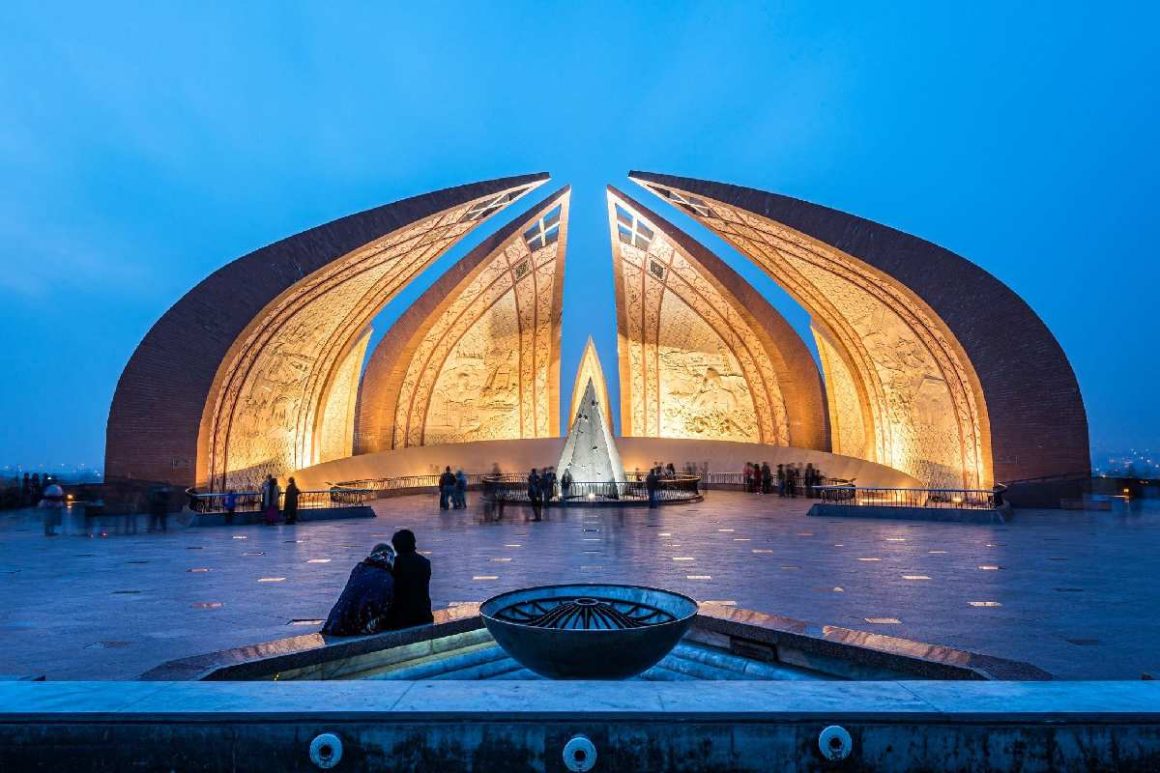Table of Contents
Introduction
Something is awe-inspiring about standing in a verdant forest, gazing upon a resplendent spiral seashell, or contemplating the seamless construction of a honeycomb. These breathtaking forms of nature aren’t just beautiful — they’re models of efficiency, durability, and creativity. Welcome to the fascinating world of biomimicry, where the natural world inspires innovations in various fields, including architecture.
Understanding Biomimicry in Architecture
In essence, biomimicry is a tactic for innovation that seeks sustainable answers to human challenges by emulating nature’s patterns and strategies. Architectural biomimicry employs this concept, considering nature as a source of inspiration for design and structural problem-solving.
From the lotus flower’s ability to repel water and remain clean to the resilient structure of beehives, nature provides a plethora of design inspirations. But biomimicry doesn’t merely mimic the natural form; it goes deeper to understand the underlying principles and mechanisms at play.
The Significance of Biomimicry in Modern Design
As the quest for sustainable architecture intensifies, biomimicry is more relevant than ever. It aligns with the shift towards green architecture, focusing on energy efficiency, sustainable materials, and resilience against environmental challenges.
Architects can develop innovative and sustainable design solutions by emulating nature’s time-tested patterns and strategies. As Janine Benyus, a biologist and a prominent advocate of biomimicry, once said, “After 3.8 billion years of research and development, letdowns are fossils, and what surrounds us is the secret to survival”.
Biomimicry in Action: Architectural Marvels Inspired by Nature
Architectural biomimicry is not a futuristic concept but a present reality – it’s already apparent in some of the most innovative and iconic structures worldwide.
For instance, the famous Gherkin in London was designed to maximize natural light and air circulation, mirroring the efficient ventilation system seen in sea sponges and coral reefs. The Gherkin’s aerodynamic shape, inspired by the Venus Flower Basket Sponge, significantly reduces wind loads on the structure, resulting in lower construction costs and energy use.
Eastgate Centre in Harare, Zimbabwe, is another stunning example. Emulating the self-cooling mounds of African termites, the building maintains a constant temperature without needing conventional air-conditioning, thus lowering energy consumption by up to 90%.
Closer to home, architectural firms like Melbourne’s NTF Architecture explore biomimicry’s potential. Their design philosophy embraces the blend of function and form, often drawing inspiration from nature’s wonders to create beautiful, sustainable spaces that champion resource efficiency.
The Future of Biomimicry in Architecture
As we move towards a more sustainable future, the role of biomimicry in architectural design is set to grow. Concepts once thought radical are gradually becoming mainstream, and nature continues to provide a vast resource for learning and innovation.
Indeed, as architects grapple with the challenges of climate change, urbanization, and resource scarcity, the study of nature provides rich insights. By applying the principles of biomimicry, we can create buildings that not only stand as aesthetic marvels but also contribute to a greener and more sustainable world.
As we conclude, we encourage you to look around – and observe the natural world with a new perspective. Architectural inspiration lies everywhere, from the intricate patterns of a leaf to the dynamic structure of a bird’s nest. Biomimicry in design isn’t merely about copying nature — learning from it, respecting it, and co-existing with it. After all, isn’t it time we return to our roots as designers of the built environment?
So, let’s go back to the forest, the seashore, and the beehive and observe. There’s a lot to learn and even more to design.


